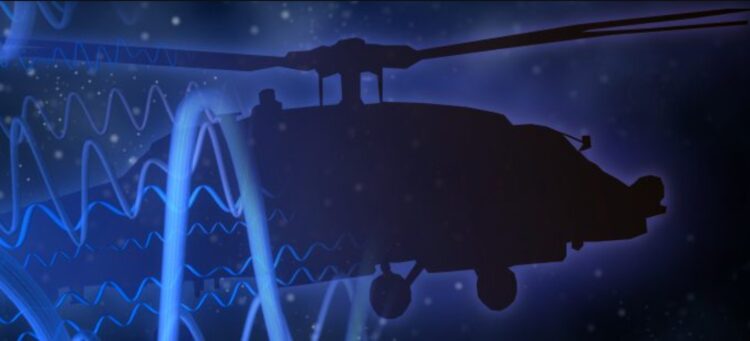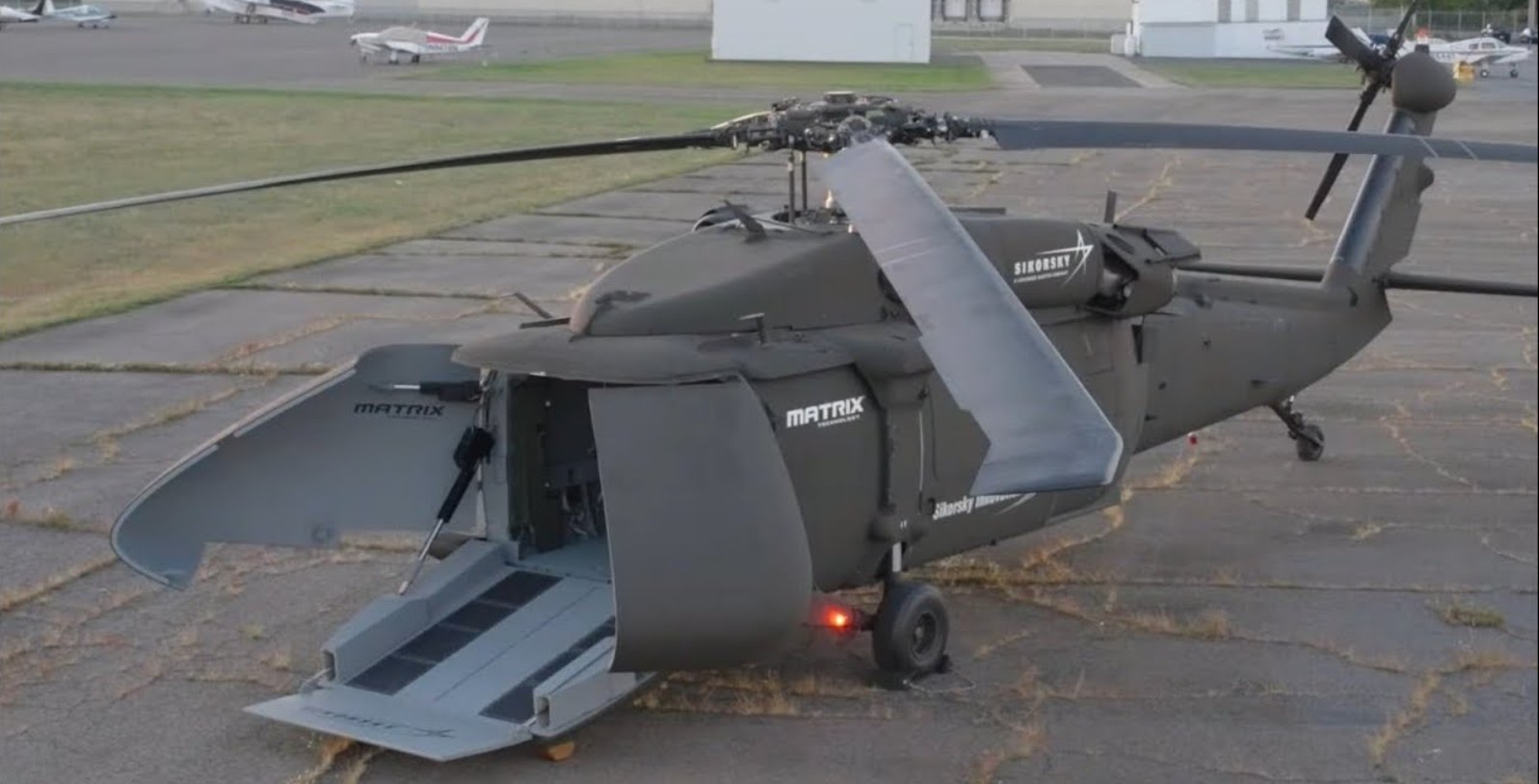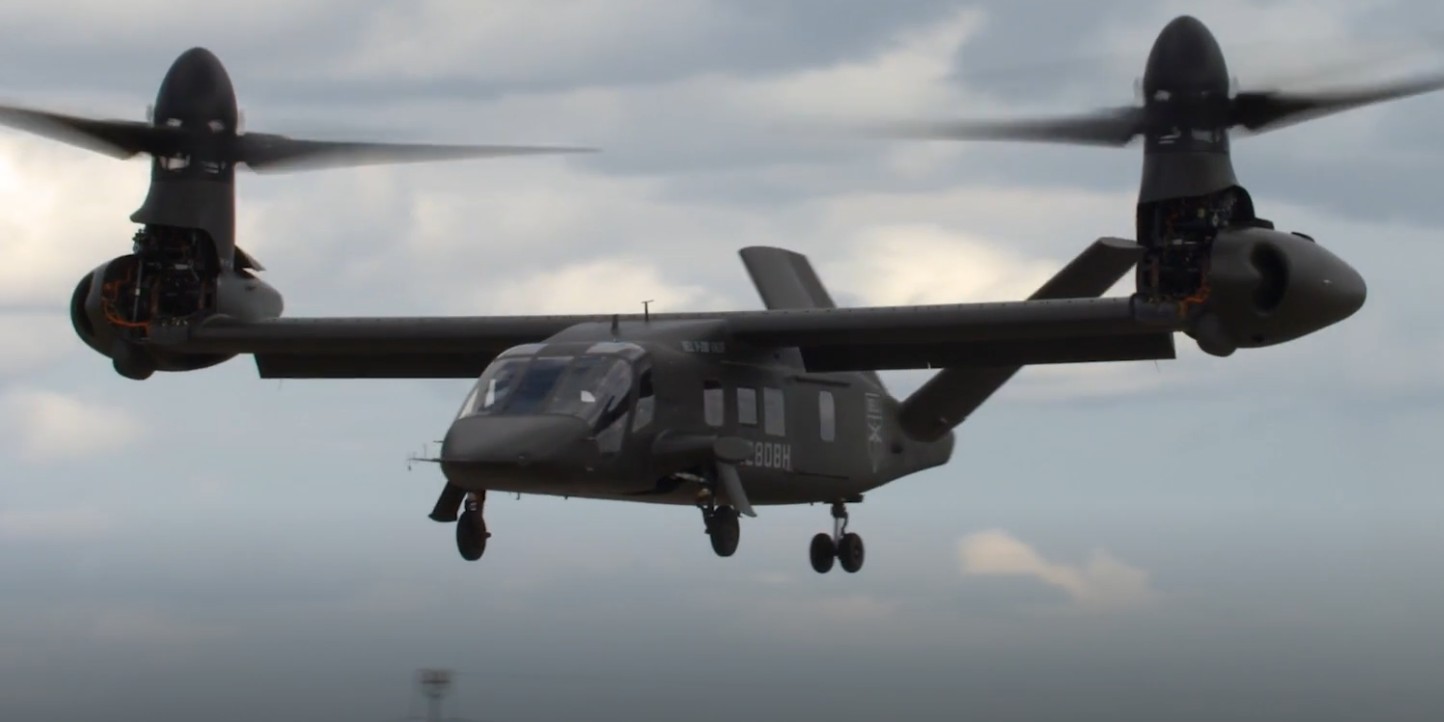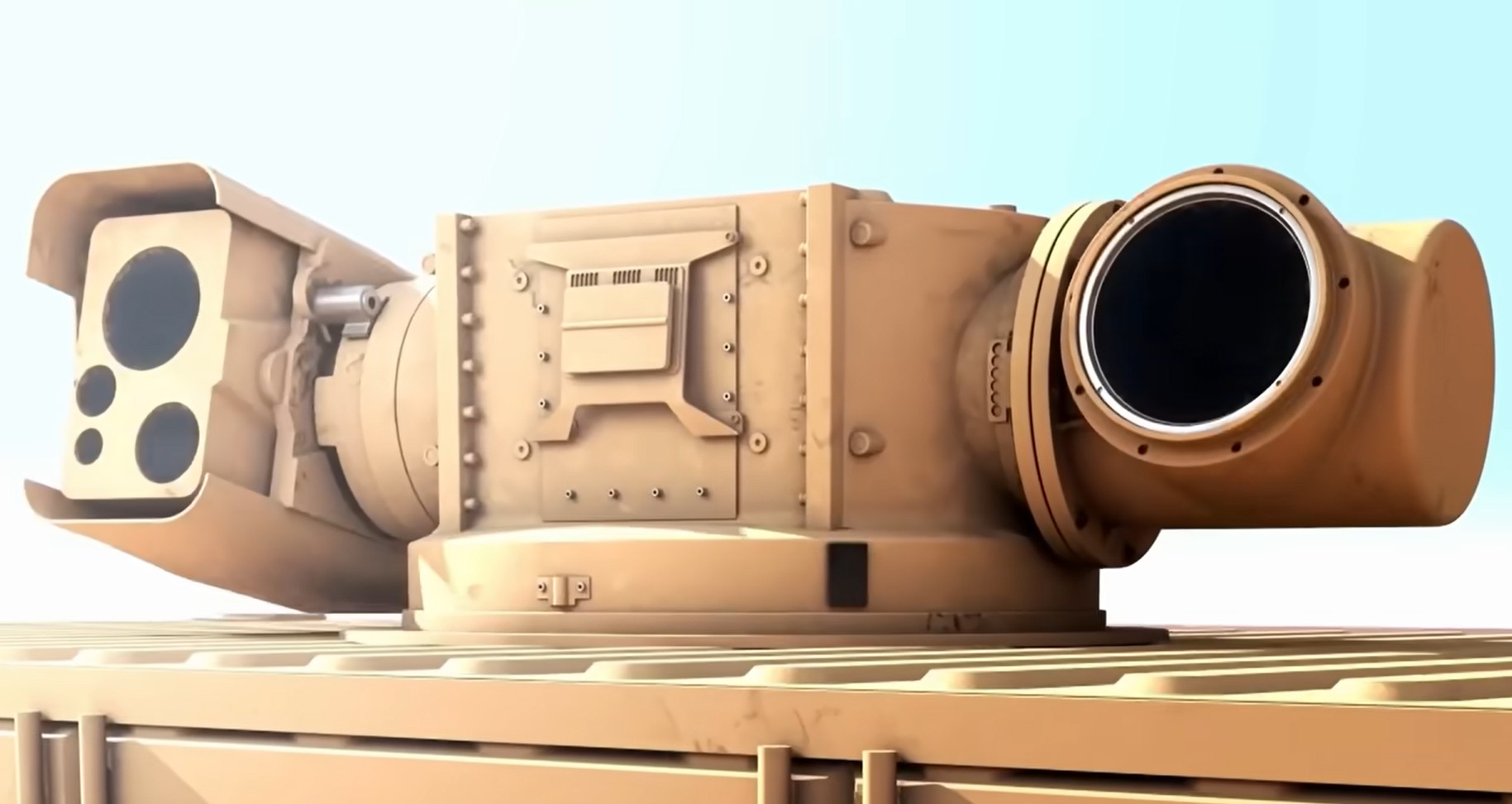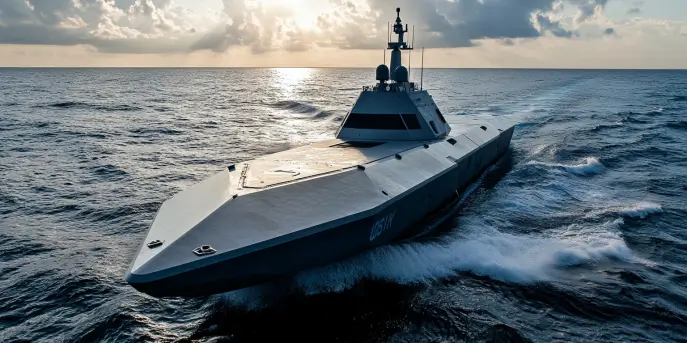In the rapidly evolving arena of military technology, electronic warfare (EW) has emerged as a critical component in gaining superiority. Europe’s investment in electronic warfare programs for helicopters is becoming a must-have to ensure their military fleet is fully equipped to face modern threats.
The Necessity of Electronic Warfare in Modern Combat
Modern combat situations have become more complex, driven by advancements in both offensive and defensive technologies. The ability to disrupt enemy communications, radar, and weaponry systems can turn the tide of a confrontation, making electronic warfare an indispensable element of military strategy. For helicopters, which play a crucial role in transportation, attack missions, and reconnaissance, the incorporation of EW capabilities is vital. But why has this focus shifted towards helicopters specifically?
Helicopters: A Versatile Asset
Helicopters are lauded for their flexibility on the battlefield. They can perform a diverse range of functions, from troop transport to close air support and search-and-rescue missions. However, with this versatility comes a heightened threat from enemy forces equipped with advanced anti-aircraft systems. Therefore, integrating sophisticated EW systems into helicopters not only augments their offensive and defensive capabilities but also enhances their survivability in hostile territories.
Components of Electronic Warfare Systems
An effective EW system for helicopters encompasses several key components:
- Radar Warning Receivers (RWR): These systems alert pilots to incoming radar signals, allowing for evasive maneuvers.
- Electronic Countermeasures (ECM): These are used to jam or deceive enemy radar and communication systems.
- Directed Energy Weapons (DEW): These weapons can disable or destroy enemy electronics without the need for ammunition.
- Infrared Countermeasures (IRCM): Used to protect helicopters from heat-seeking missiles.
Key European Initiatives
Various European nations are spearheading initiatives to advance their helicopter EW capabilities.
France’s Spectra System
France’s Spectra system developed for its Dassault Rafale is a prime example of sophisticated EW technology now being adapted for rotary-wing aircraft. Known for its electronic surveillance, jamming, and deception capabilities, Spectra is a comprehensive system that has significantly enhanced the Rafale’s operational effectiveness.
The UK’s Defensive Aids Suite (DAS)
The United Kingdom has invested heavily in its Defensive Aids Suite (DAS), tailored to provide helicopters with unparalleled protection. These systems are geared towards detecting and countering threats through a combination of radar jamming, laser warning systems, and chaff and flare dispensers to divert incoming missiles.
Germany’s MILDS System
Germany has developed the Missile Launch Detection System (MILDS) for its fleet. This infrared-based detection system provides early warning signals against missile launches, helping crews execute timely counter-strategies to evade threats.
| Country | EW System | Features |
|---|---|---|
| France | Spectra System | Electronic surveillance, jamming, deception |
| UK | Defensive Aids Suite | Radar jamming, laser warning, chaff and flare dispensers |
| Germany | Missile Launch Detection System (MILDS) | Infrared detection, early warning |
The Challenges and Future of EW Integration
While the potential benefits of electronic warfare systems in helicopters are substantial, their integration presents several challenges. The most significant challenge is the cost associated with developing and installing these advanced technologies. Nations must balance defense budgets while ensuring that their fleets are equipped for contemporary warfare. Additionally, interoperability between different platforms and allies’ systems remains a complex issue.
Looking ahead, the future of electronic warfare in helicopters will likely see further advancements in miniaturization and power efficiency. Emerging technologies such as artificial intelligence and machine learning are expected to play a pivotal role in enhancing the automation and effectiveness of EW systems. Ultimately, Europe’s continuing focus and innovation in electronic warfare will be crucial for maintaining a strategic edge on the global stage, with helicopters positioned as key players in modern military operations.
